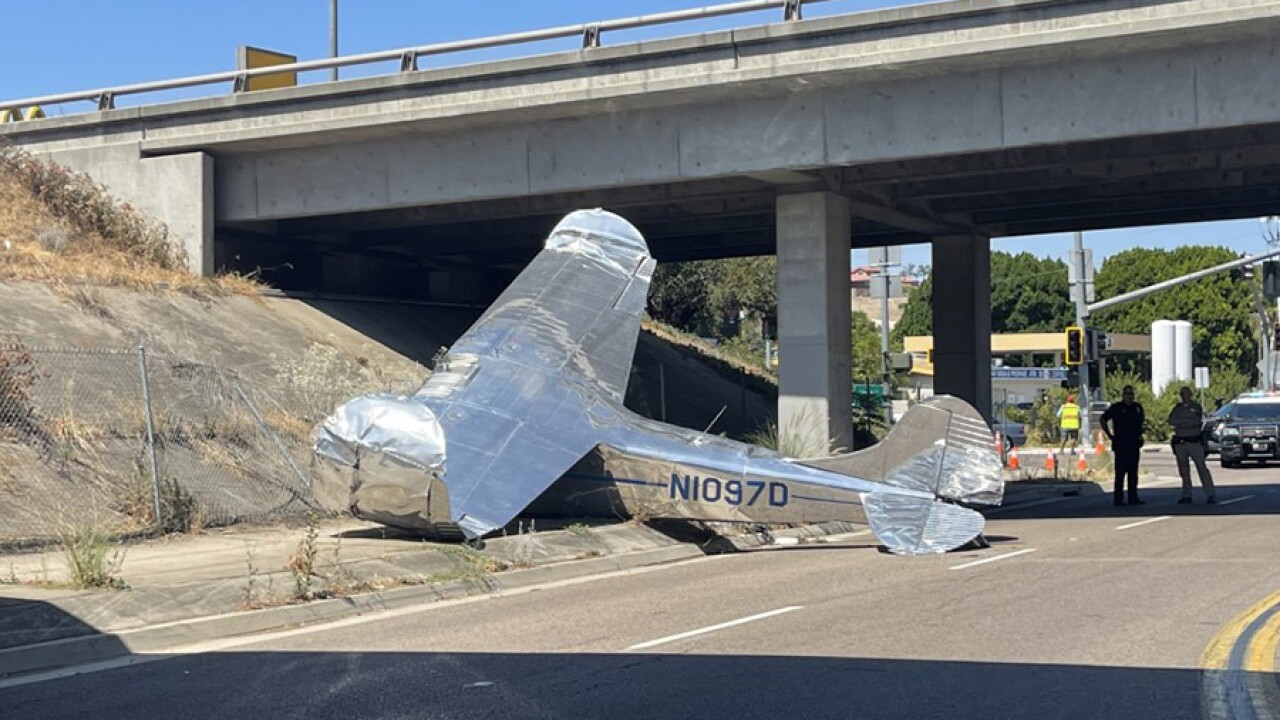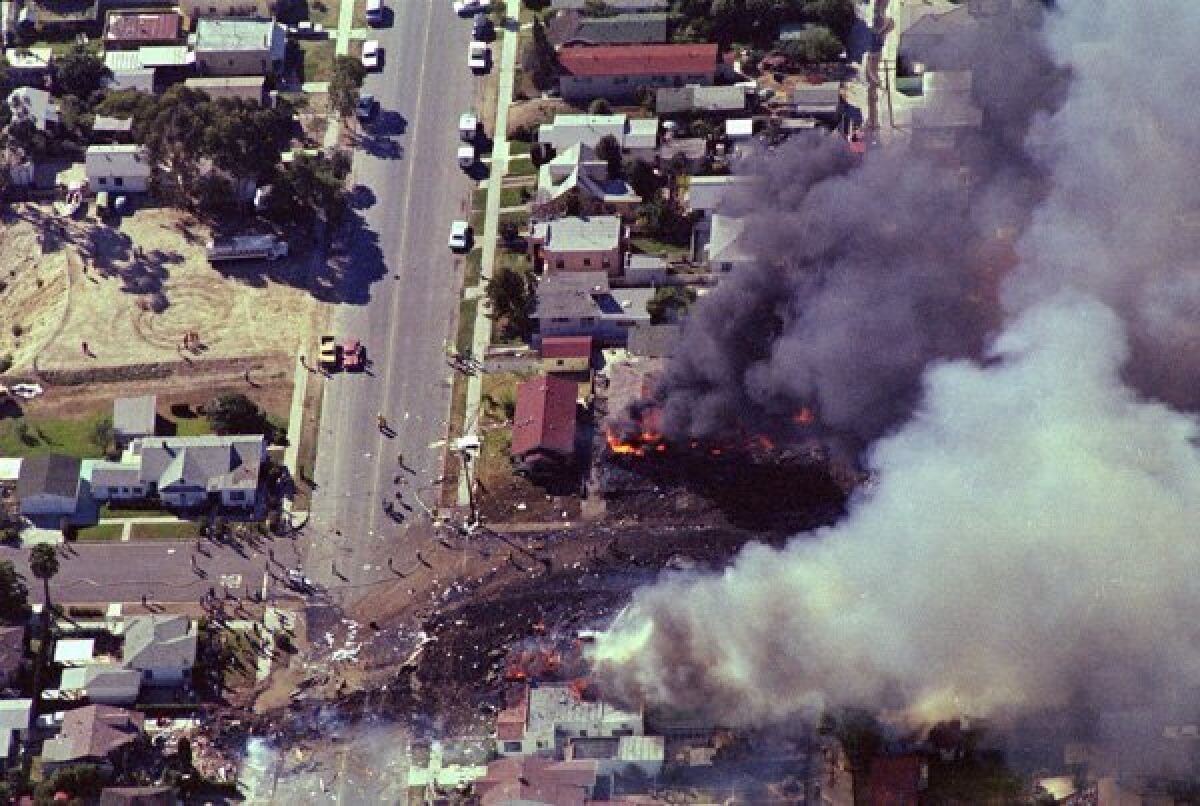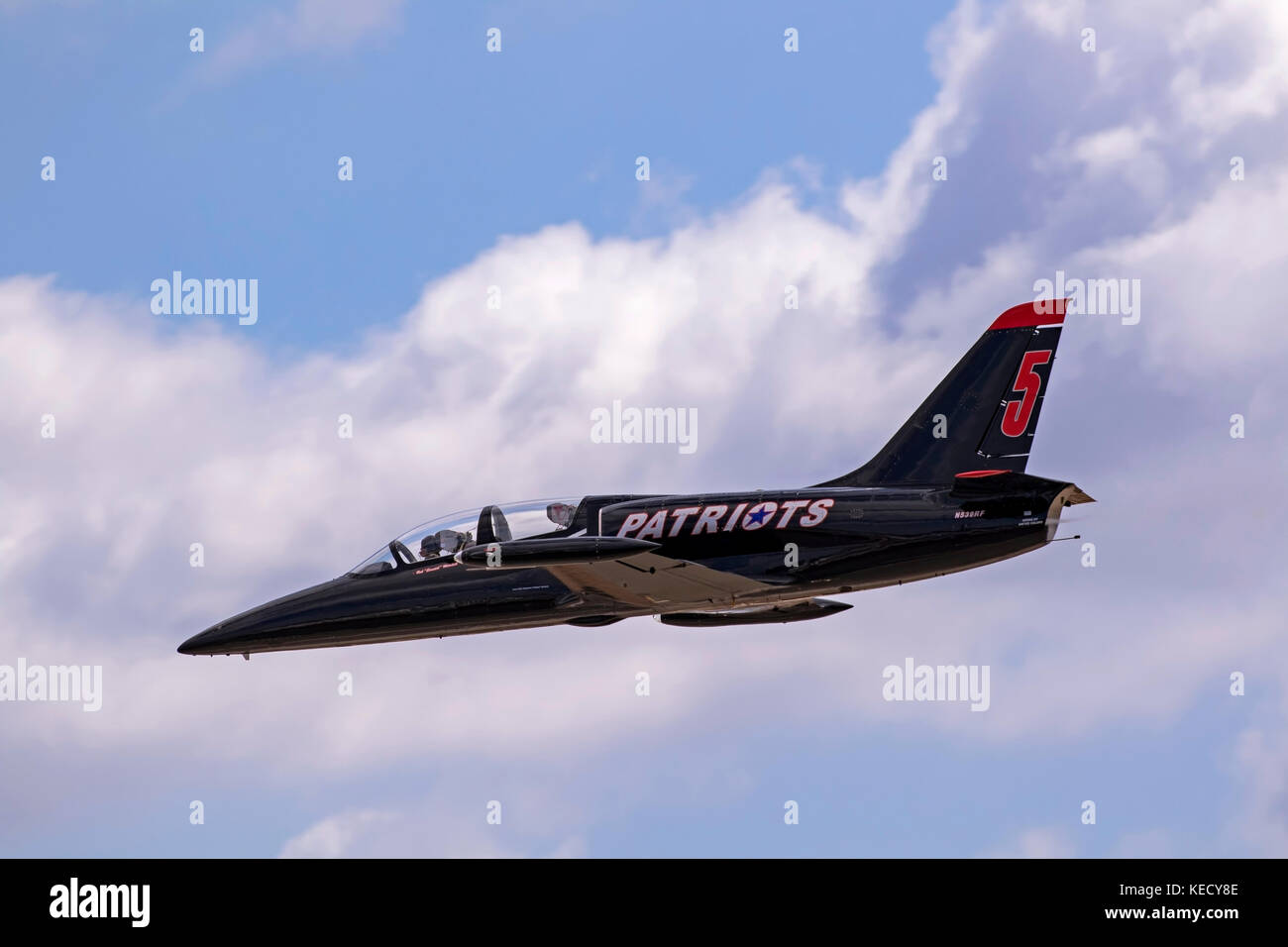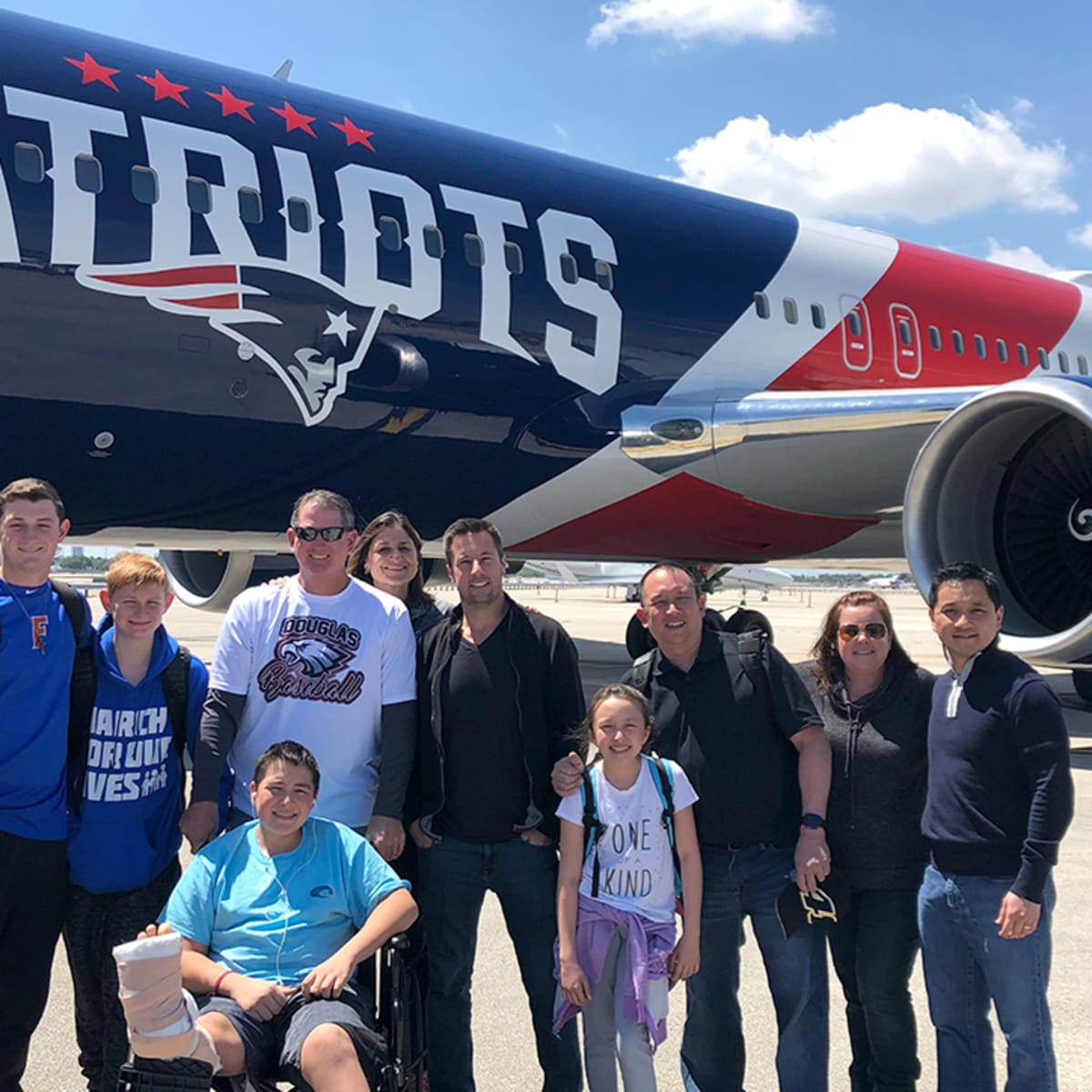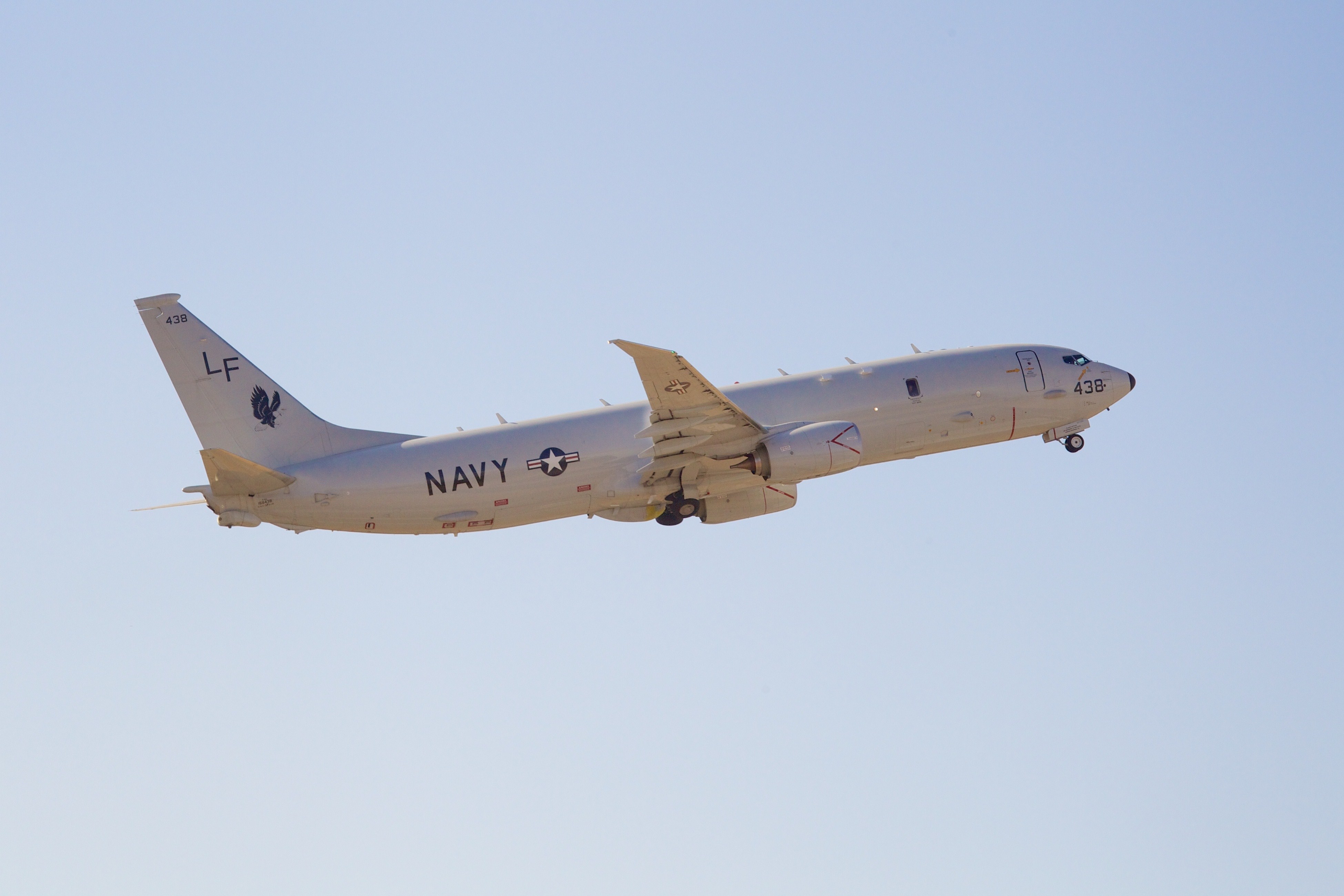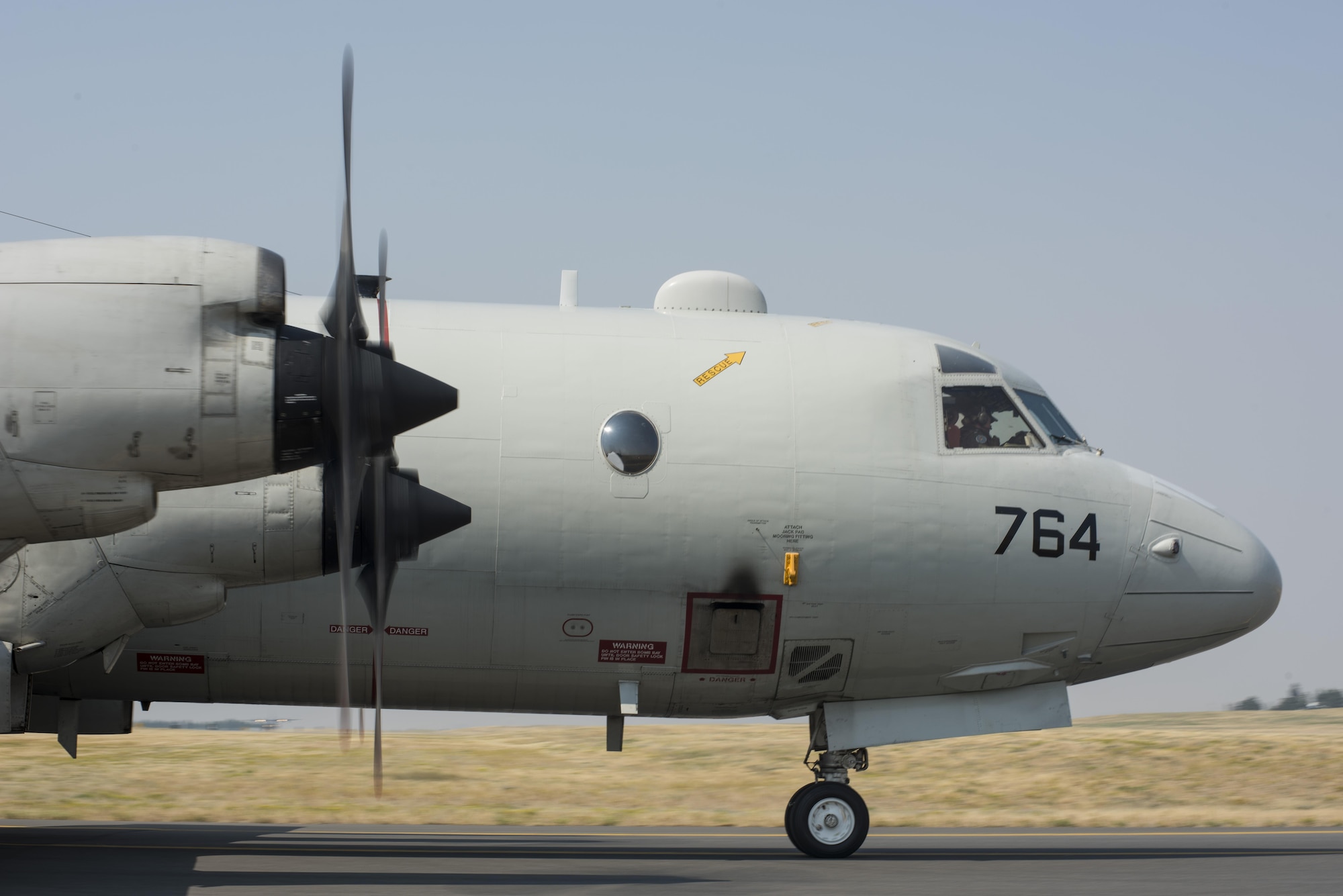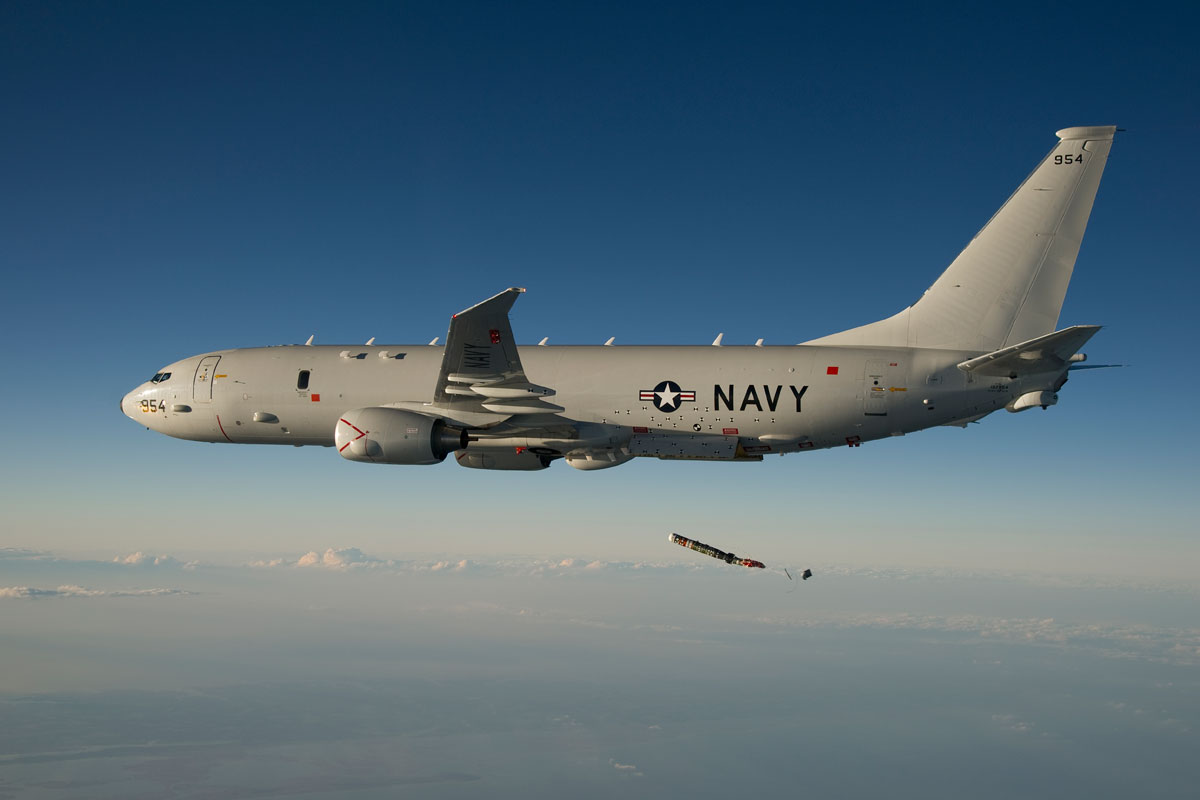Pby Aircraft - This article includes a list of common references, but the relevant inline citations are insufficient. Please help improve this article by providing more accurate citations. (November 2021)
The Consolidated PBY Catalina was a flying boat and amphibious aircraft produced in the 1930s and 1940s. In Canadian service it was called Canso. It is one of the most widely used submarines of World War II. Catalinas have served in all branches of the US Armed Forces, as well as in the Air Force and Navy of many other countries. The last military PSGs served until the 1980s. As of 2021, 86 years after its first flight, the aircraft is still flying as a water bomber (or air tanker) for firefighting operations in some parts of the world. There is no military service.
Pby Aircraft

Designed as a patrol bomber, the PBY is a long-range operational aircraft designed to detect and attack AMI transports at sea to disrupt AMI supply lines. In the 1930s, anticipating a potential conflict in the Pacific that would require resupply, the US Navy invested millions of dollars in developing long-range flying boats for this purpose. Flying boats had the advantage of not needing a runway and being able to use the Tyrrhenian Sea.
Consolidated Pby Catalina Color Photographs Part 1
In the 1930s, as American dominance in the Pacific began to challenge Japan, the US Navy contracted Consolidated, Martin and Douglas in October 1933 to develop a competitive design for patrol flying boats.
Naval doctrine of the 1930s and 1940s used flying boats in a variety of roles, and today they are operated by many special-purpose aircraft. The US Navy used the Consolidated P2Y and Martin P3M for this role in 1931, but both aircraft were underpowered and hampered by insufficient range and limited payload.
Both Consolidated and Douglas delivered one prototype of their new model, the XP3Y-1 and XP3D-1. Consolidated's XP3Y-1 is an evolution of the XPY-1 design that failed in the P3M contract two years ago and the XP2Y design that the Navy approved for limited production. Although the Douglas aircraft was a good design, the cost per plane was only $90,000, so the Navy chose Consolidated.
Consolidated's XP3Y-1 (company model 28) had parachute wings with outboard struts mounted on struts above the fuselage. The wing tip stabilization floats were retractable in flight and were licensed by Saunders-Roe. The two-stage rudder design was similar to that of the P2Y, but the 28 had a cantilevered cruciform tail instead of a braced twin tail. Pure aerodynamics gave the Model 28 better performance than its predecessors. The structure is made entirely of sheet metal and aluminum, except for the wings and wing edges, which are covered with fabric.
This Flying Boat Helped Win World War Ii At Sea
The prototype was powered by two 825 hp (615 kW) Pratt & Whitney R-1830-54 Twin Wasp radial engines mounted on the leading edge of the wing. Armament consisted of a 4.30 in (7.6 mm) Browning AN/M2 machine gun and 2,000 lb (910 kg) bombs.
After that, it was transferred to the US Navy for testing. The XP3Y-1 represents a significant performance improvement over previous patrol flying boats. The Navy requested further development of the aircraft to be classified as a patrol bomber, and in October 1935 the prototype was assembled for further work, which included the installation of a 900 hp (670 kW) R-1830-64 grinder. For the updated XPBY-1, Consolidated redesigned the vertical tail surface, which solved the problem of the tail sinking during takeoff, making it impossible to take off in some cases. XPBY-1 made its first flight on May 19, 1936, setting a record for a continuous flight of 3,443 miles (2,992 nmi; 5,541 km).
XPBY-1 was delivered to VP-11F in October 1936. The second squadron was VP-12, which received its first aircraft in early 1937. A second production order was issued on July 25, 1936. Over three years, the design was gradually developed and successive models were introduced.

The aircraft was named Catalina after Santa Catalina Island, California; In November 1941, Britain ordered its first 30 aircraft, hence the name.
Pby Catalina History
The Naval Aircraft Factory made significant changes to the PBY design, many of which would have greatly hindered supply if integrated into a single production line.
Officially known as the PBN-1 Nomad, the new aircraft had several differences from the original PBY. The most obvious revisions include a sharpened bow, lengthened by two elbows, and a larger, reshaped tail. Other improvements included a larger fuel tank, a 50% increase in range, and strengthened wings, which allowed for a 2,000 lb (908 kg) increase in gross takeoff weight. An auxiliary power unit with an improved electrical system was installed and the weapon was updated with a continuous feed mechanism.
After the NAF transferred ownership of the ZEBRA project (1944-1945), 138 of the 156 PBN-1s produced were in service with the Soviet Navy.
The remaining 18 were assigned to training units at NAS Whidbey Island and Naval Air Station Newport, Rhode Island.
Ain Blog: 'first Thing We Do, Let's Kill All The Lawyers'
The designation "PBY" is defined in accordance with the 1922 United States Naval Aircraft Designation System; PB is the code for the "patrol bomber" integrated aircraft, and Y for the manufacturer. Catalinas built by other manufacturers for the US Navy were designated by different manufacturer codes, so examples produced by Vickers Canada were designated PBV, examples by Boeing Canada were designated PB2B (already Boeing PBB), and Navy Aircraft Factory examples were designated PBN. The Royal Canadian Air Force examples were named Canso, a town of that name in Nova Scotia, following the modern British practice of naming seaplanes after coastal port towns.
The US Army Air Forces and later the US Air Force used the designation OA-10. US Navy Catalinas used in night operations against the Japanese in the Pacific were painted all black; As a result, these aircraft were sometimes called "Black Cats".
During World War II, the PBY was used for anti-submarine warfare, patrol bombing, convoy escort, search and rescue (especially air-sea rescue), and cargo transport.

This type operated in almost all theaters during World War II. Catalina played a prominent and invaluable role in the war against Japan.
Review Of Consolidated Pby 5a Catalina
While these patrol aircraft served as ground patrol bombers, the long-range Consolidated LB-30 and Consolidated Coronado were deployed to augment the all-important logistical tactical airlift capability in the vast Pacific theater. This pair allowed the Catalina to operate as a fleet eye at greater distances than the hovercraft scouts.
The Navy acquired several different flying boats, but the PBY was the most widely used and produced.
Although slow and clumsy, the Allies used the Catalina in a variety of roles for which the aircraft was never intended. PBYs are remembered for their rescue missions that saved the lives of hundreds of sunken airmen. Catalina Airum calls its aircraft "Cat" for combat missions and "Dumbo" for air-sea rescue operations.
The Catalina gave the US Navy the first "air-to-air kill" score against a Japanese aircraft in the Pacific War. On December 10, 1941, the Japanese attacked the Cavite naval base in the Philippines. Many American ships and submarines were destroyed by bombs and shrapnel. While flying to safety during the raid on Cavite, Lt. Harmon T. Utter's PBY was attacked by three Japanese Mitsubishi A6M2 Type 0 carriers. Utter's archer, Chief Boatswain Earl D. Payne, shot one down, the first US Navy kill. As commander, Utter organized the air raid that later resulted in the destruction of the Japanese battleship Yamato.
The World's Oldest Flying Pby Catalina
Catalina was one of the first US attacks against the Japanese. On 27 December 1941, six Catalinas of the 101st Patrol Squadron bombed a Japanese U-boat off Jolo Island against heavy fighter resistance, losing four Catalinas.
The Catalina was the most widely used anti-submarine warfare (ASW) aircraft in the Atlantic and Pacific theaters during World War II, flying from the Seychelles and Ceylon in the Indian Ocean. His duty was to accompany the convoy to Murmansk. By 1943 the U-boats were well equipped with anti-aircraft guns, and two Victoria Cross Catalina pilots successfully attacked a U-boat under heavy fire: RAF Flying Officer John Cruikshank was killed in the sinking of U-347 in 1944 (but the submarine is now U-361 called
) and Royal Canadian Air Force Lieutenant David Hornell (posthumously) against U-1225 in the same year. Catalina destroyed 40 ships but had no losses of her own. On July 31, 1943, Catalina attacked and sank U-199 in Brazilian waters. The ship was later christened "Arara" in memory of the merchant ship.

Pby seaplane, 1 48 pby catalina, pby catalina model kit, pby catalina model, pby catalina for sale, pby aircraft sale, pby, dynam pby catalina, pby catalina rc, pby catalina rc plane, pby catalina aircraft, pby for sale

